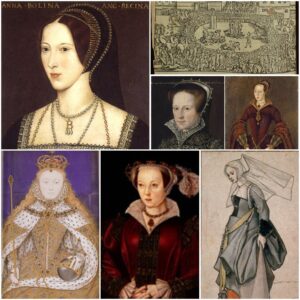 Happy International Women’s Day!
Happy International Women’s Day!
This year’s theme is #PressforProgress and the International Women’s Day website explains that “Individually, we’re one drop but together we’re an ocean” and asks us to “Commit to a “gender parity mindset” via progressive action. Let’s all collaborate to accelerate gender parity, so our collective action powers equality worldwide.” You can scroll down this post and use the widget to choose an action, one area that you’re going to commit to focus on “to press for progress for gender parity in your own sphere of influence.”. We can all do something to #pressforprogress, however small.
Today, I’ve chosen to celebrate women’s achievements. I want to give a shout-out to female Tudor historians and to my fellow female writers – you rock! Your hard work and dedication is so appreciated, as is the help you give your readers and fans. Thank you!
I also want to celebrate the lives of the Tudor women I spend time with on a daily basis, albeit from a distance of 400-500 years. Their lives mattered – from the Tudor housewife getting up before dawn to start her chores to the queen consorts who used their influence to help others or to have an impact on policy, from the midwife or wise woman to the radical religious reformer – they achieved so much. The stories of the women I encounter on my journey into history truly inspire me – their faith, their courage, their determination, their commitment to bring about change, their willingness to die for their cause or to protect others… their stories humble me. Thank you to them for making history so darn interesting and for pressing for progress back them. I salute them!
I can’t pick just one woman from history and say that she is the one that inspires me the most. Obviously, Anne Boleyn is the figure that fascinates me the most, and I do draw inspiration from her, but then there’s her daughter, there are martyrs and radicals like Anne Askew, there are women who put their lives on the line to harbour priests, there are women who spoke out against injustice and evil… There are too many to list and I’d feel bad about missing some out.
And then there are women today who are quietly doing their bit to make the world a better place – mothers, teachers, lawyers, politicians, activists, religious leaders, doctors, nurses… We all have an impact and we can all #pressforprogress. Happy International Women’s Day!
The International Women’s Day website can be found at https://www.internationalwomensday.com/